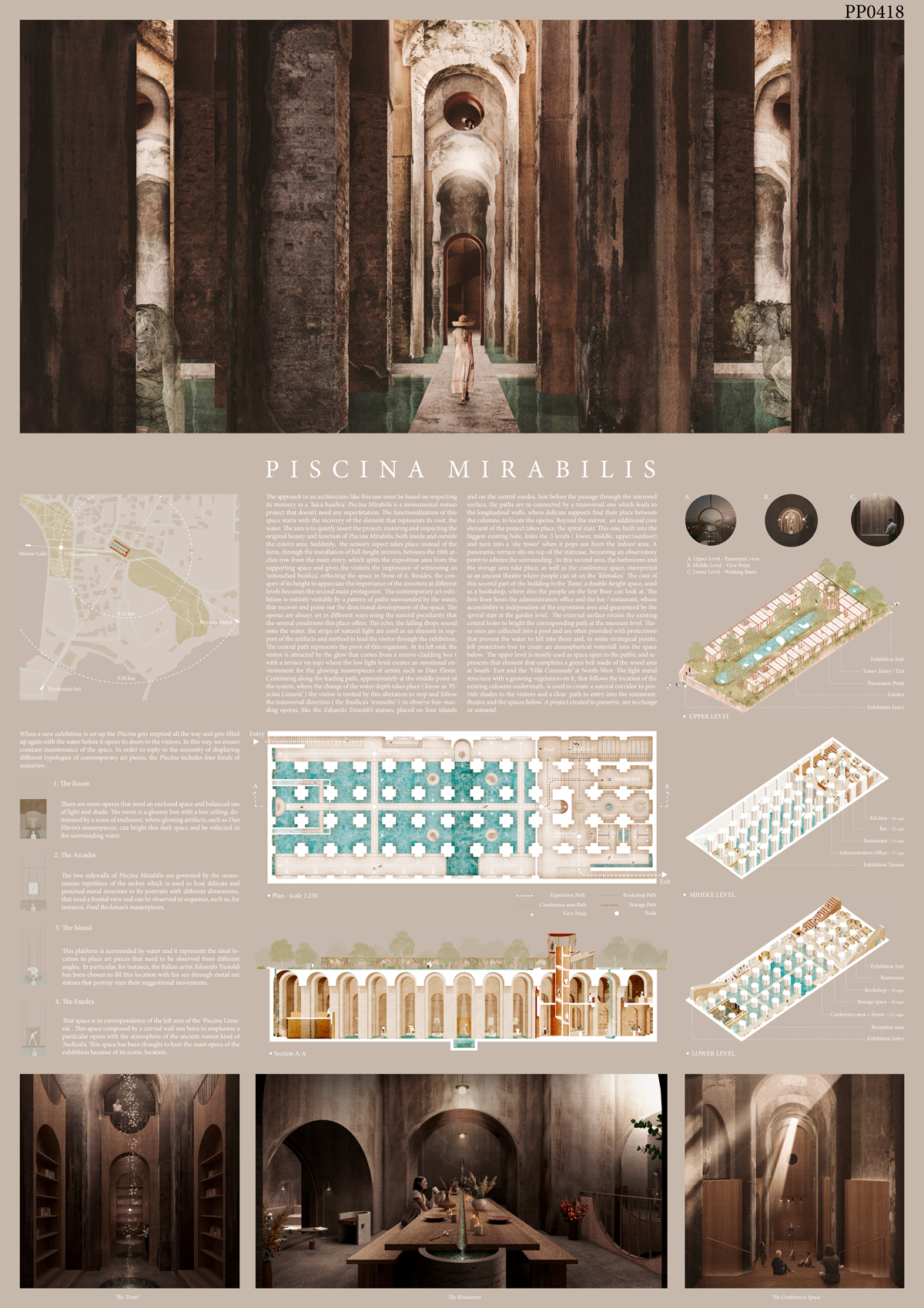We interviewed Maura Pinto and Piervito Pirulli, winners of the 3rd prize of the competition Reuse the Roman Ruin.
OPUS is an atelier of architecture and design established by Maura Pinto and Piervito Pirulli as a result of a long path started at the ‘Politecnico di Bari’ university where they both graduated in 2015. After a short time, working together on ‘general local plans’ for the Balcan territory and several projects in Italy on different scales, they agreed to split up to get their own international experiences in Spain and Belgium, the first one, and in the UK, the second one. In 2019, they decide to develop their own idea of architecture, between Italy and the UK, creating OPUS Atelier
Why did you decide to participate? What intrigued you the most of this contest?
Since our building sites were slowed down by the COVID-19 lockdown, we were looking for something to escape from the atypical reality and give expression to our creativity. Funny story, we were about to participate in another competition but, when we found out that Re-Use Italy was running a competition at the Piscina Mirabilis, we immediately knew it would be a great opportunity to deliver a powerful project, taking advantages of that magical atmosphere that impressed us four years ago, when we visited the ruin site.
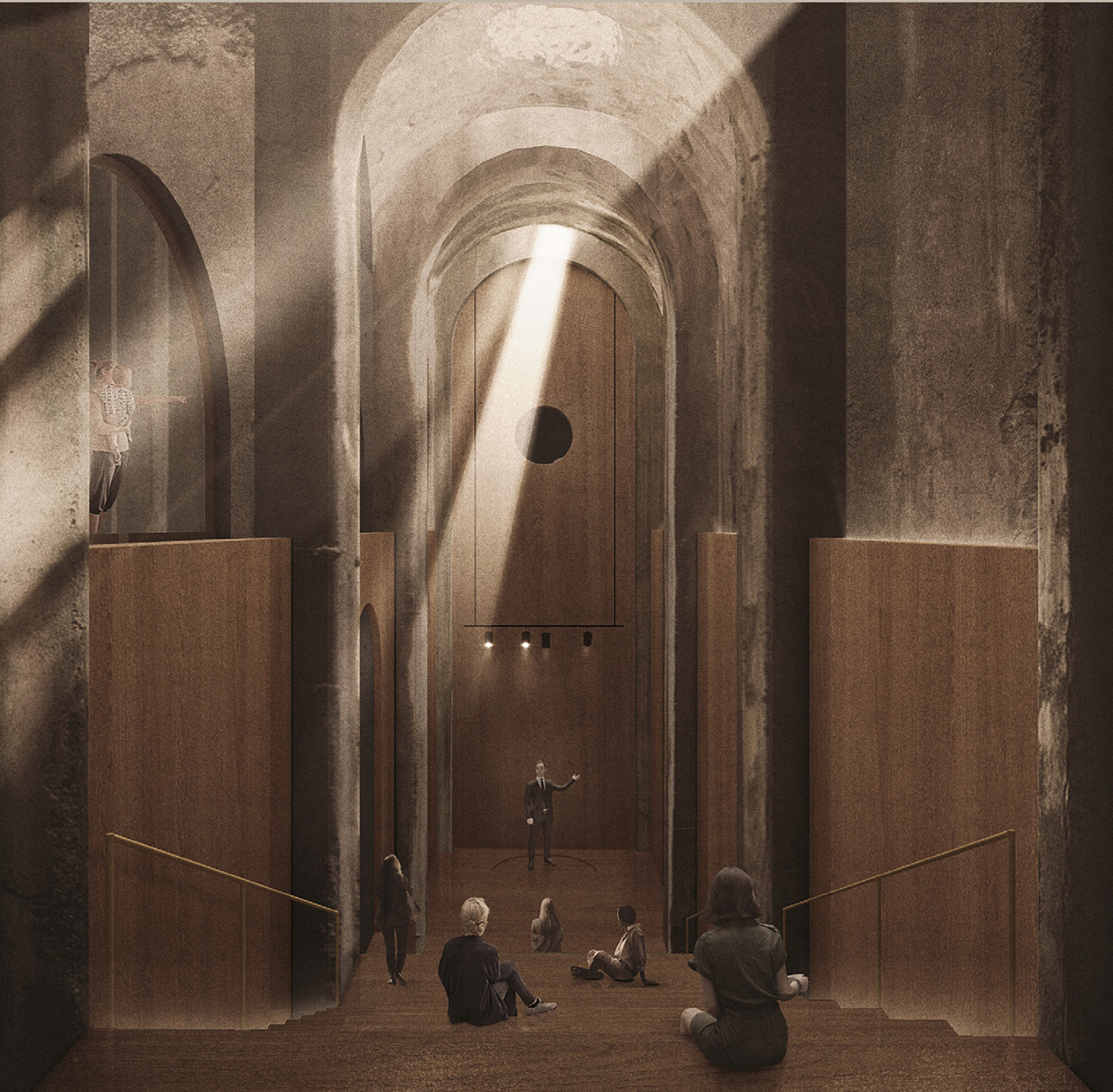
What did you enjoy the most in terms of design challenge?
We’ve always liked the idea of bringing back to life what existed in the past, or, at least, respecting what its soul used to be. But we think that what we enjoyed the most in the design process was to emphasize, not only the ancient aesthetic vision but also the different sound experiences that a visitor gets walking through the museum paths with the falling drops that lead you to the next art piece, reading a book while listening to waterfall from above or eating the dinner in the restaurant with the water that flows through the table.
What do you think about the issue of the forgotten heritage in Italy?
Italy is a treasure full of forgotten and hidden landscapes and architectures. Unfortunately, they seem to be so many that the main institutions can’t pay enough attention to all of them. Probably the full management of these smaller realities should be given to little communities, always supported by institutions, which are definitely more motivated to take care of them because closer to the issue.
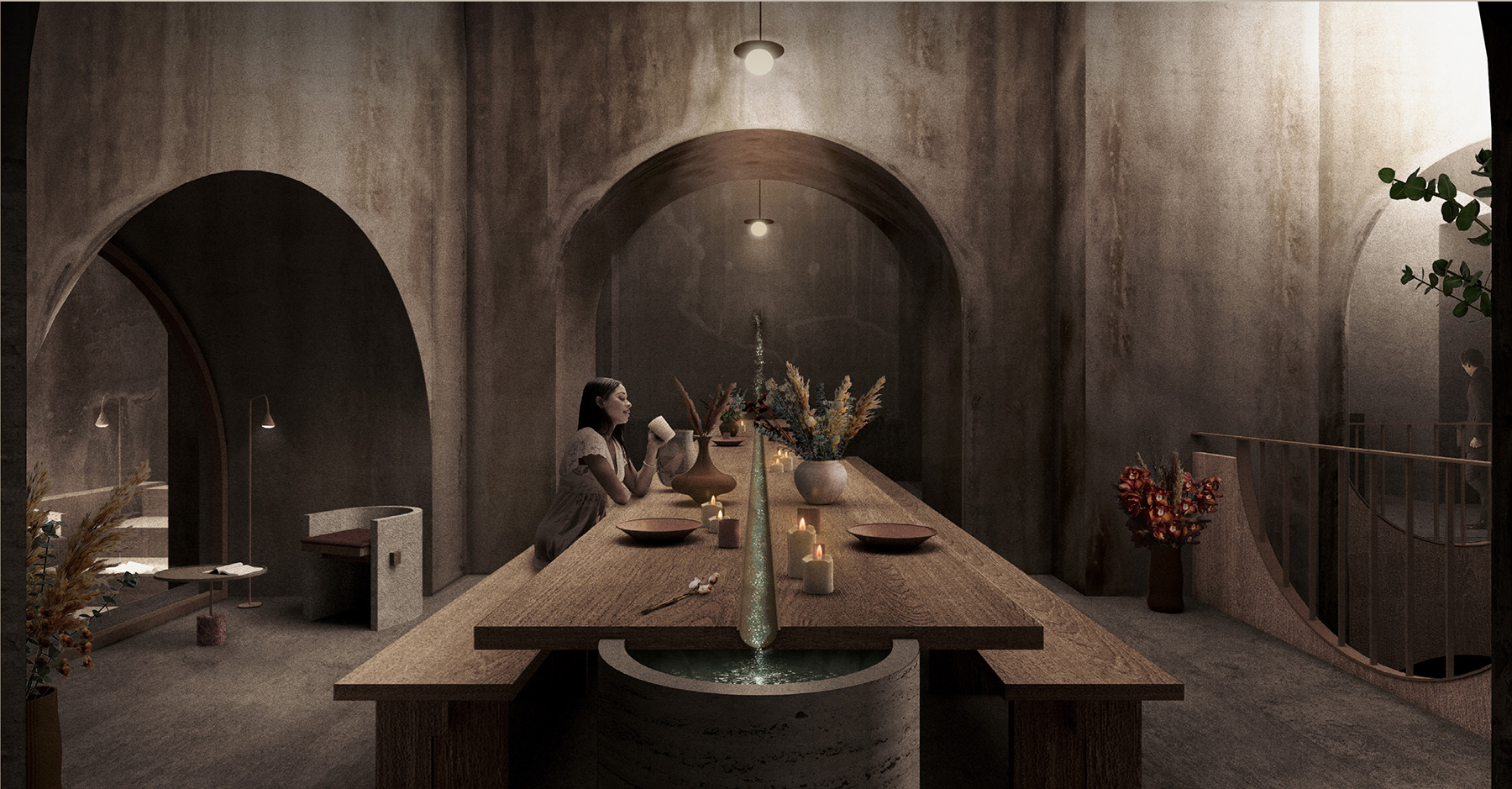
What do you think about the responsibility of the architects in solving the issue of the abandoned ruins?
The architects have the ethical task to respect the abandoned ruins, not to destroy, not to manipulate, not to change completely their spirit. They have to establish a dialog with them and point out either their current beauty or what their beauty used to be.
What do you suggest to the local communities and institutions, all over Italy, to activate a bottom-up reuse process?
Our suggestion is simply to, literally, show the people what the Italian heritage is through more events, more competitions, shows, debates, etc., in order to gain the level of awareness of what we really have in our hands because you only care about the things you are familiar with. Therefore it is essential that the institutions must turn on the lights on them and involve as many people as possible to let these places be re-used because the only way not to forget them is to use them constantly.
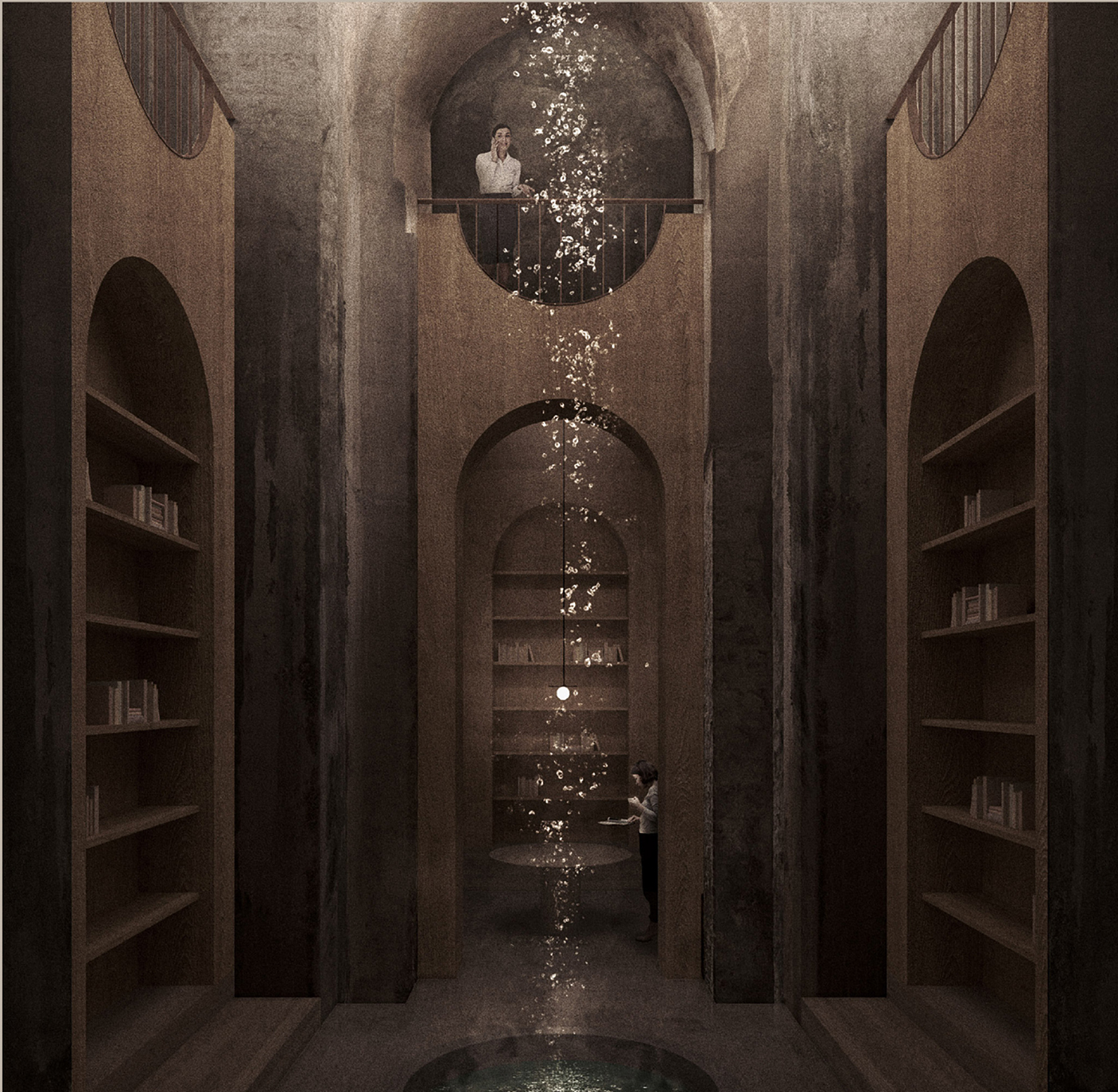
Has your project been inspired by a particular architect or existing project?
Our inspiration always comes from a concept and an approach, rather than some architects in particular. The main idea was to completely respect the site and its original appearance, remember its function, and use the elements that have always characterized this space by subtracting elements, doing something that looked like nothing hadn’t actually been done. The same concept, with additions rather than subtractions, was used by the artist that we decided to pick for our exhibition, Edoardo Tresoldi, in his Basilica di Siponto, where he re-create the shape of the ancient basilica with a metallic net that perfectly gives the idea of what its original beauty used to be.
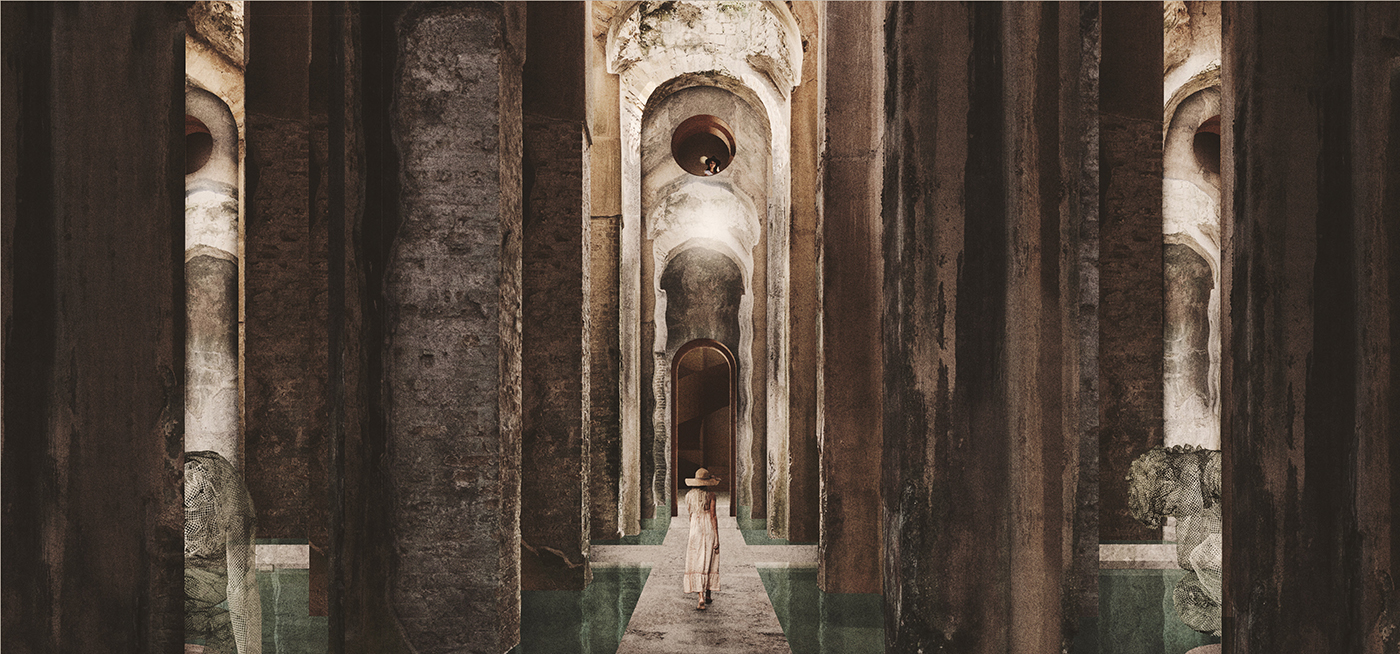
Where do you see yourself in the next 10 years? How participating in this cultural contest will affect your personal future?
Despite the fact that this particular competition could have been the occasion to express creativity and experimentation, we really appreciate that our respectful and intentionally non-extravagant approach has been rewarded. We really believe that all the various locations due to a project, need to be interpreted and listened to, which is something that we’ll keep doing in our future. A good architect should always know when it’s the time or the place to experiment and when it’s not. This is where we see in 10 years, understanding spaces and times and their vocations to deliver projects that appear always right whenever and wherever they are.
